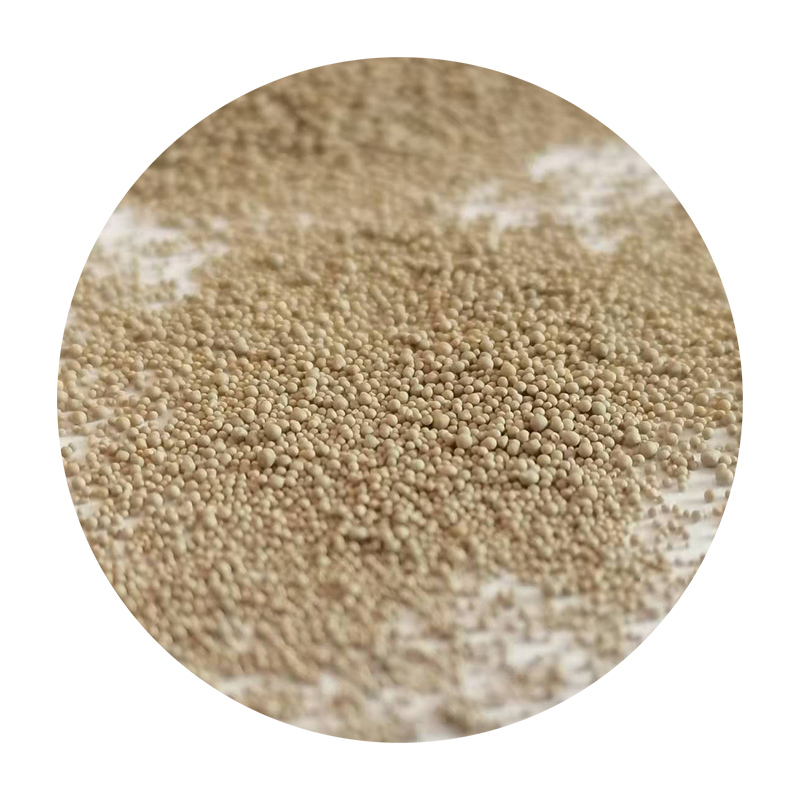The Role of Bauxite in Frac Sand Production
Bauxite, primarily known as the principal ore of aluminum, has also found an intriguing application in the oil and gas industry, specifically in frac sand production. Frac sand, or hydraulic fracturing sand, is a high-purity quartz sand that is used in the process of hydraulic fracturing for oil and natural gas extraction. While quartz sand is the traditional material used, the addition of bauxite can enhance certain properties that affect the efficacy and safety of the fracking process.
The Role of Bauxite in Frac Sand Production
Bauxite possesses excellent mechanical properties, making it a strong contender as a proppant material. It has a high strength-to-weight ratio, which is essential in withstanding the intense pressures during the hydraulic fracturing process. Its angular shape and surface texture also provide better particle interlocking, enhancing the stability of the fractures created in the rock. This stability is vital for ensuring that the fractures remain open, allowing for optimal hydrocarbon flow.
bauxite frac sand

Moreover, bauxite can help improve the permeability of the fractures. The use of bauxite-based proppants can reduce the chances of sand-induced problems such as sand control failures or blockages, which are often observed with traditional frac sand. By maintaining open fractures, operators can achieve a more efficient extraction of oil and gas, leading to increased productivity and profitability.
Another advantage of incorporating bauxite into frac sand production is its thermal properties. Bauxite's natural ability to withstand high temperatures makes it suitable for unconventional reservoirs, where temperatures can exceed those typically encountered in conventional drilling operations. This resilience ensures that the integrity of the proppant is maintained, regardless of the harsh conditions.
From an environmental perspective, utilizing bauxite in frac sand applications could also lead to reduced reliance on conventional quartz sand mining. The environmental impact of sand mining has become a significant concern, especially in regions where extraction activities disrupt local ecosystems. By diversifying the proppant materials used in hydraulic fracturing, the industry can reduce its environmental footprint and promote more sustainable practices.
In conclusion, the incorporation of bauxite into frac sand production presents a myriad of advantages that can significantly enhance hydraulic fracturing operations. Its superior mechanical and thermal properties, alongside its ability to improve fracture stability and permeability, makes it an appealing alternative to traditional frac sand. As the oil and gas industry continues to evolve, innovations like the use of bauxite can play a vital role in ensuring effective resource extraction while promoting environmental stewardship. Embracing such materials could lead to a more efficient and sustainable future for hydraulic fracturing.
Post time:Ogo . 31, 2024 21:45
Next:Odlewnia piasek pdf
